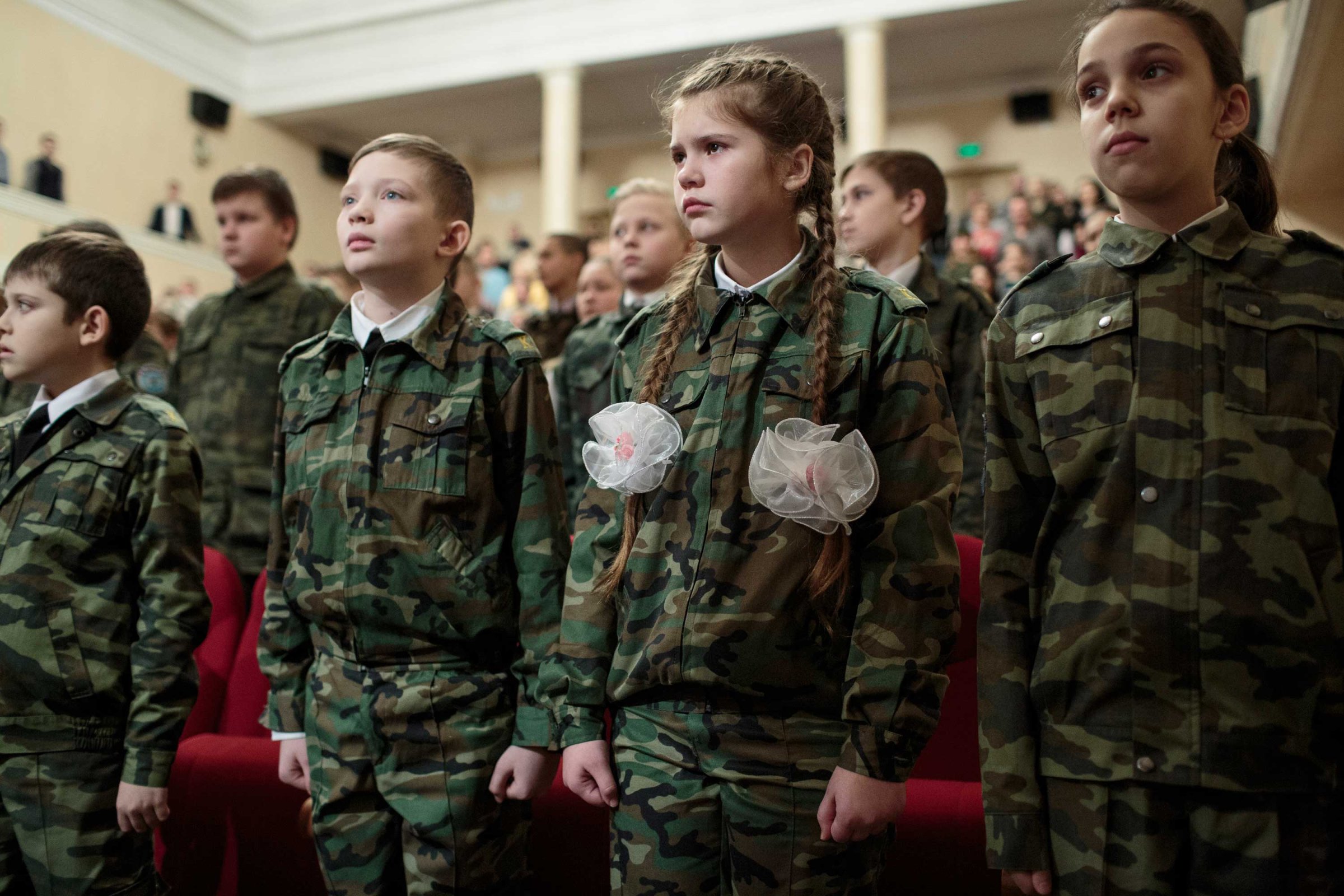
Photographers Sarah Blesener, Brian Frank and Tomas van Houtryve are the winners of the first CatchLight Fellowship. Each will receive $30,000 to complete a project that promotes social good.
Blesener won for her proposal to investigate the rise of nationalism among young Americans, continuing a project she started in Russia, where military-patriotic schools are increasingly popular. Frank will use the grant to document the activities of organizations that are working to provide viable alternatives to prison for people caught in the cycles of poverty and crime. And Van Houtryve will continue his documentation of the weaponization of photography — for example, the use of drones and infrared cameras by law enforcement — focusing this time on the U.S.-Mexico border.
Each of the three recipients will be paired with a media partner — the Center for Investigative Reporting, the Marshall Project and the Pulitzer Center for Crisis Reporting, respectively — to help develop and publish the projects.
The fellowship was created as a response to changes in the media landscape. “Our mission at CatchLight is to magnify the power of visual storytelling as a force for good,” says CatchLight founder Nancy Farese. “We are all aware of the broken value chain of the traditional photography models, where the photographer was given resources by a media source, which included not only wages, but editing and distribution; that paradigm is essentially gone.”
For Blesener, the fellowship stands out from other opportunities because of its emphasis on collaboration. “The analytical context and lens that this fellowship offers — as well as the mentorship, support and teamwork along the way — is vital,” she tells TIME. With the grant, she hopes “to help facilitate a conversation about issues that are easy to generalize and overlook. Too often we place individuals in boxes and ‘other’ our subjects. I believe, as photographers, we should combat fear, not create it with our work.”
Plus, says Van Houtryve, the large amount of money offered by CatchLight allows for “a slow, in-depth approach to a highly ambitious photo project,” he says. The $30,000 will also let him revive ancient photographic processes from the 1850s “to question how imaging technology has twisted our understanding of history, contributing to racism and false ideas of heritage.”
Van Houtryve’s approach fits with the organization’s goals to use new storytelling tools to raise social awareness, says Farese. “While the social issues remain intransigent, there is a new breed of storytellers with access to a broad array of tools, and who bring an exciting diversity of perspectives and insights,” she tells TIME. “We believe that it’s never been more important to understand how to amplify these stories to raise awareness and engage public consciousness.”
Olivier Laurent is the editor of TIME LightBox. Follow him on Twitter and Instagram @olivierclaurent
Follow TIME LightBox on Facebook, Twitter and Instagram.
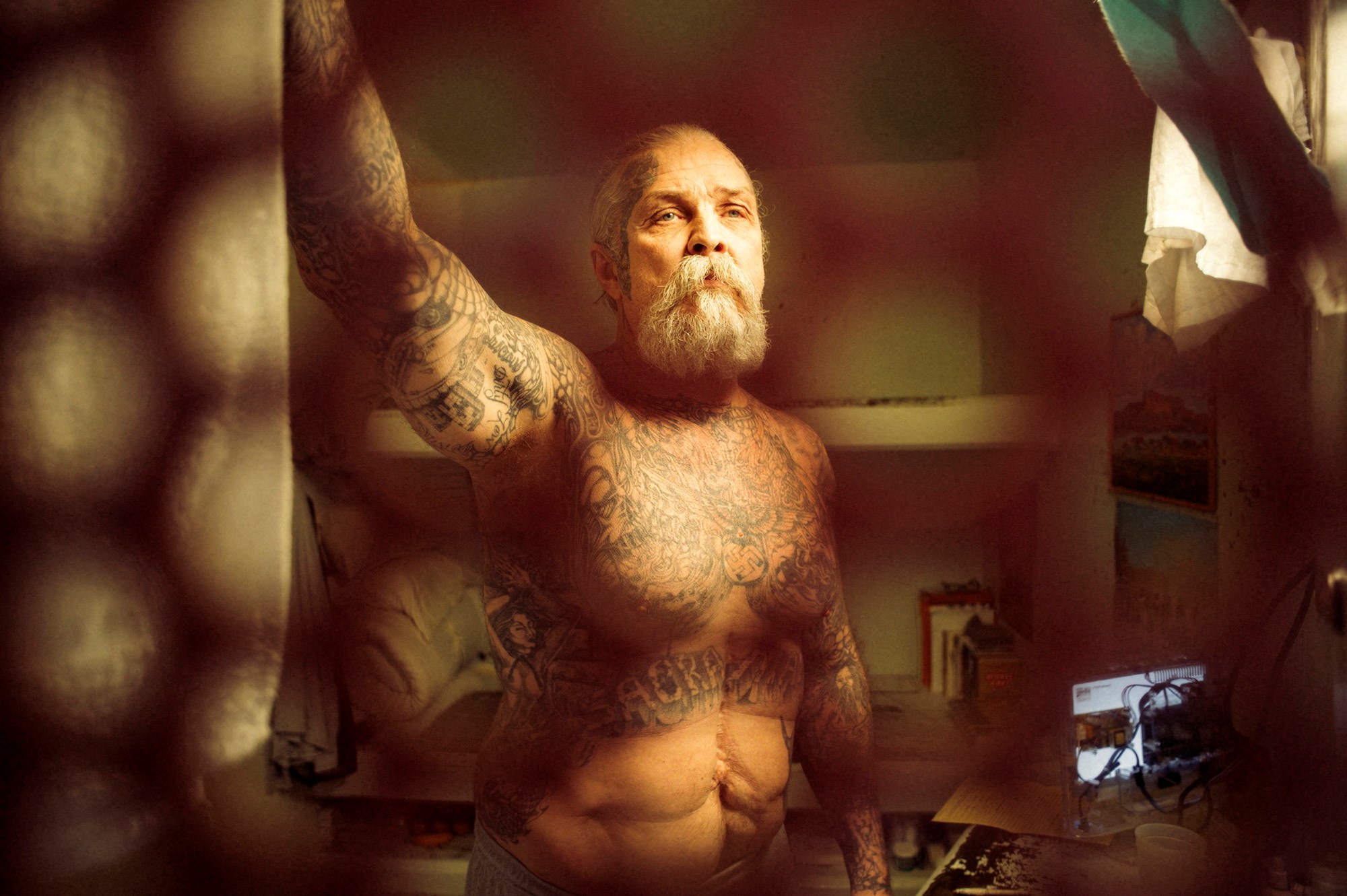
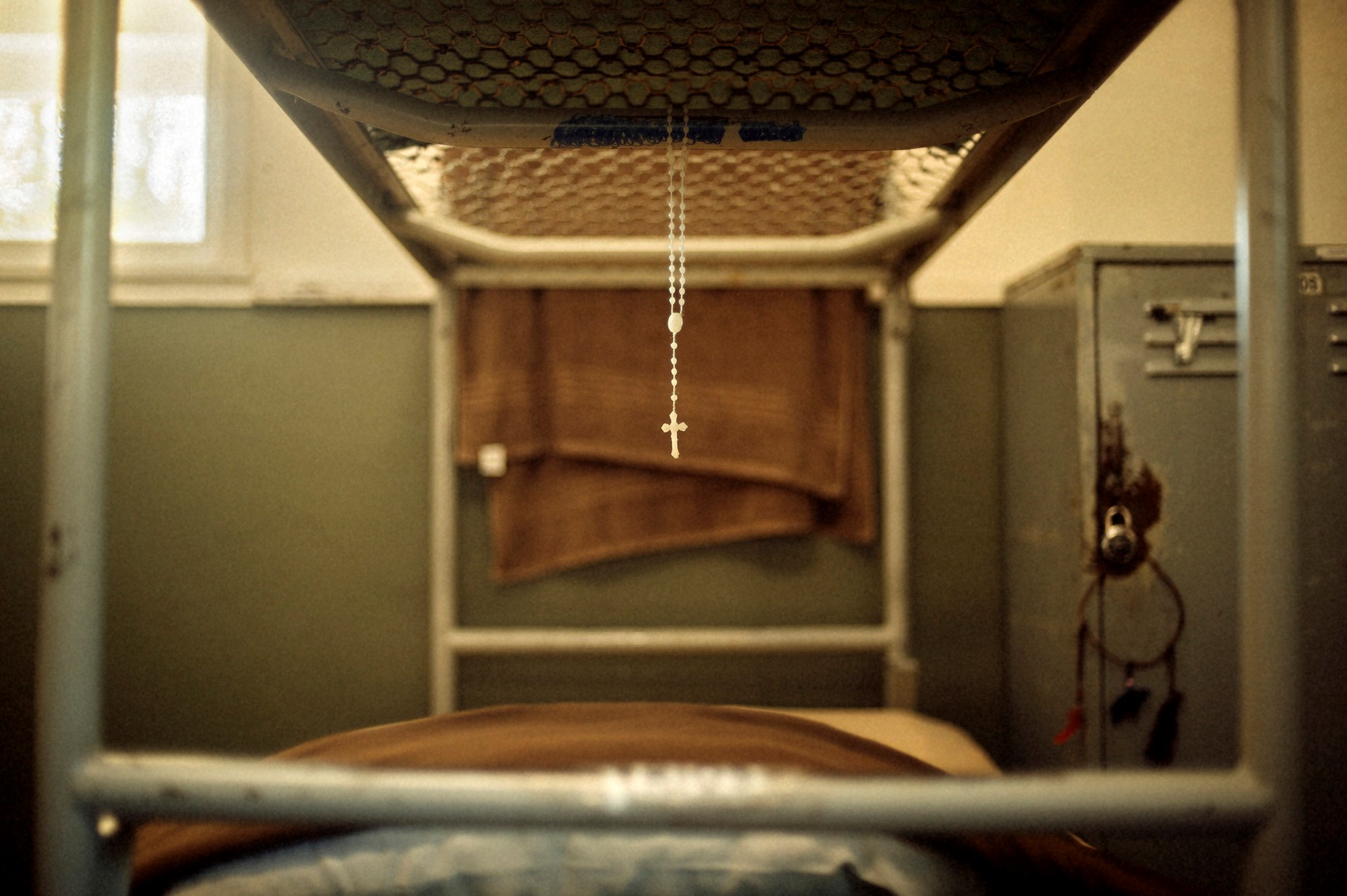
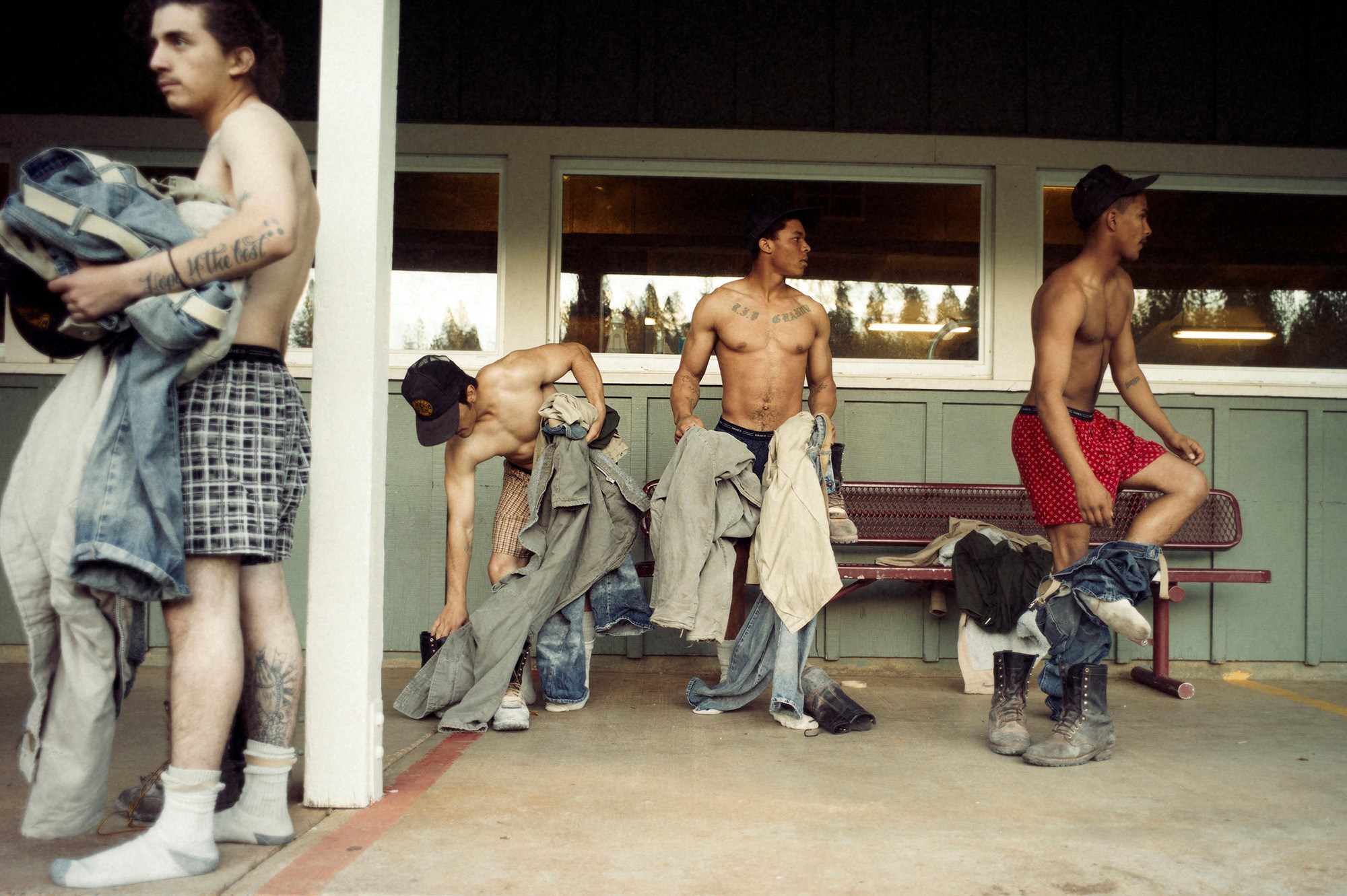
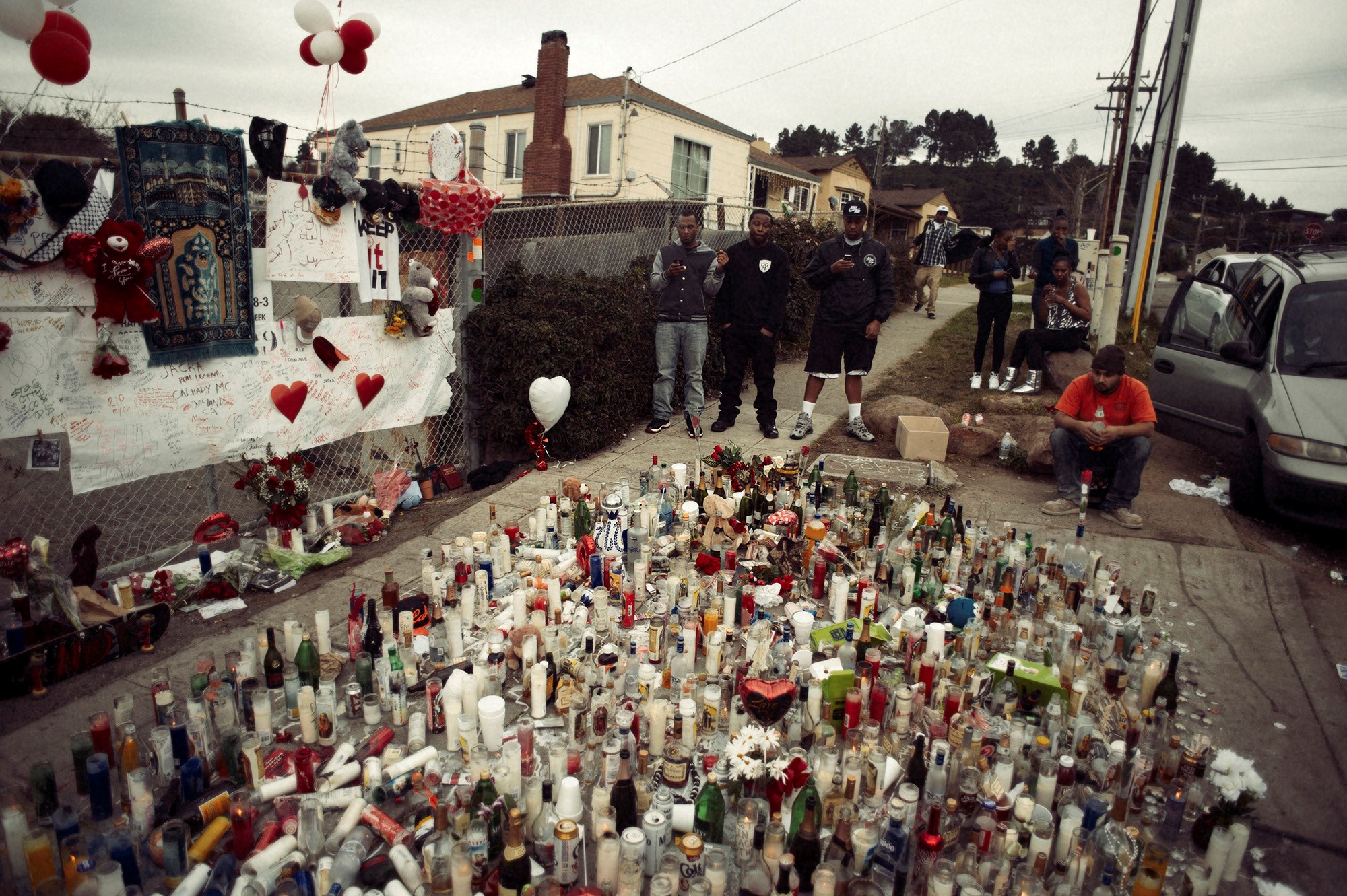

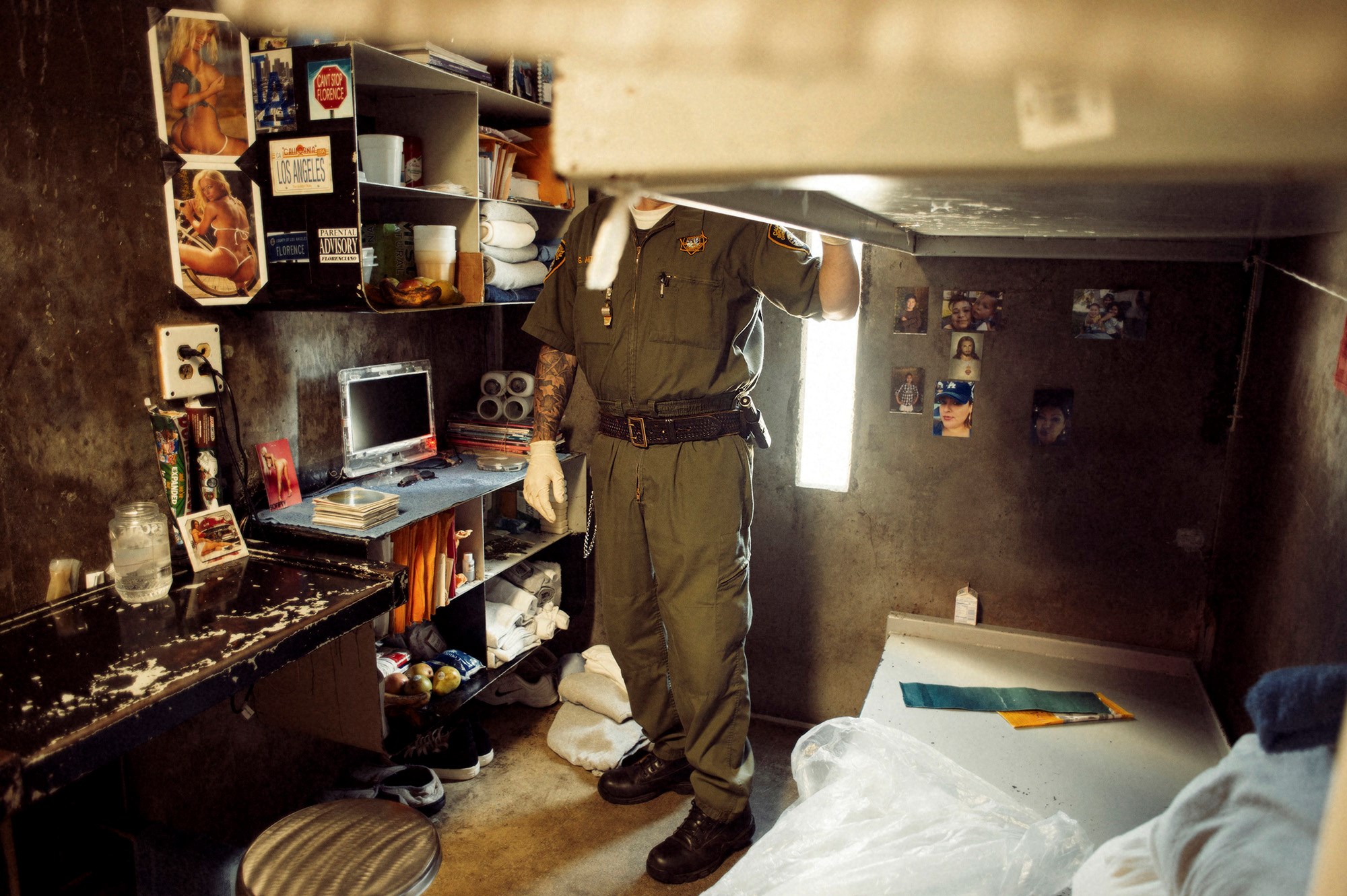
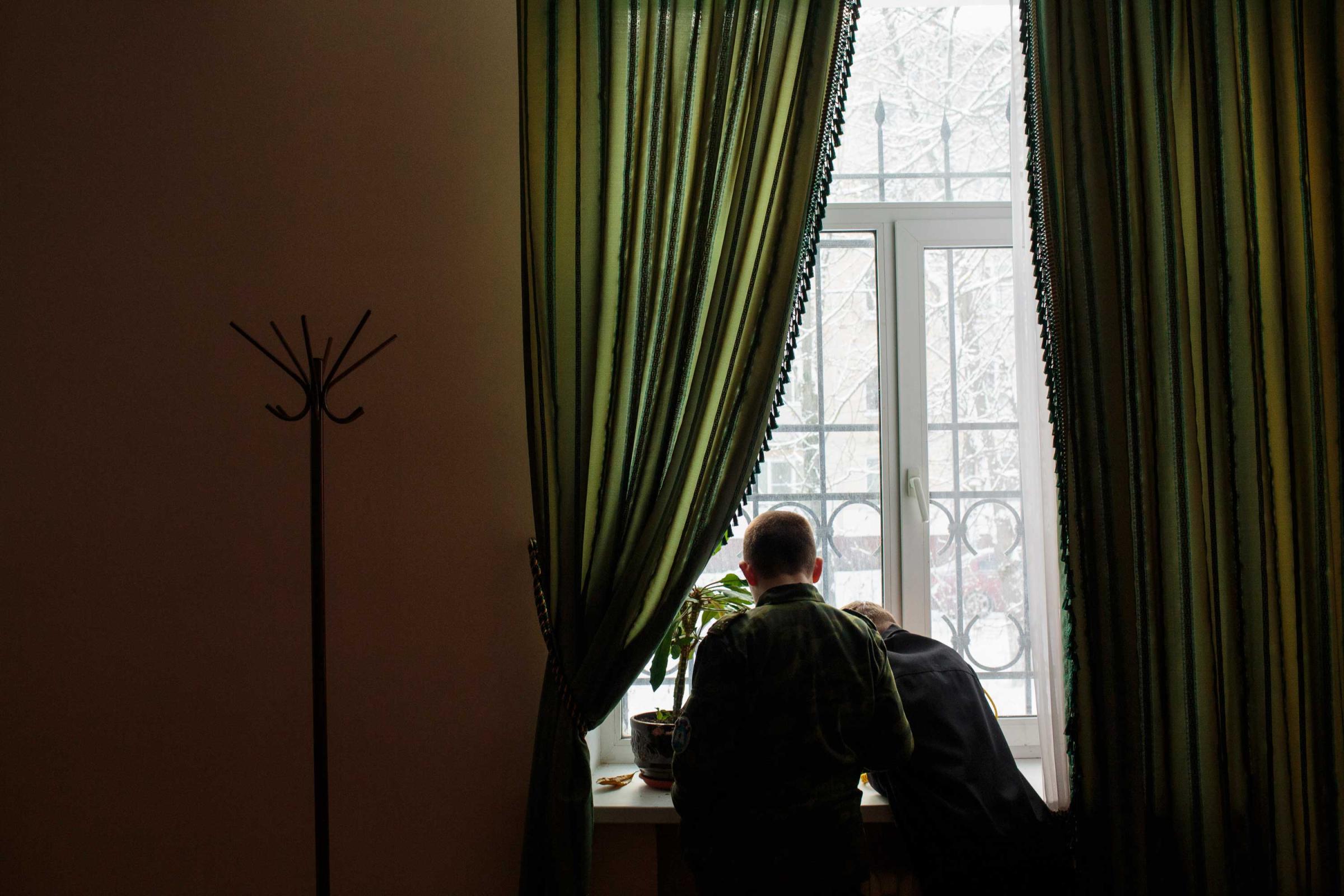
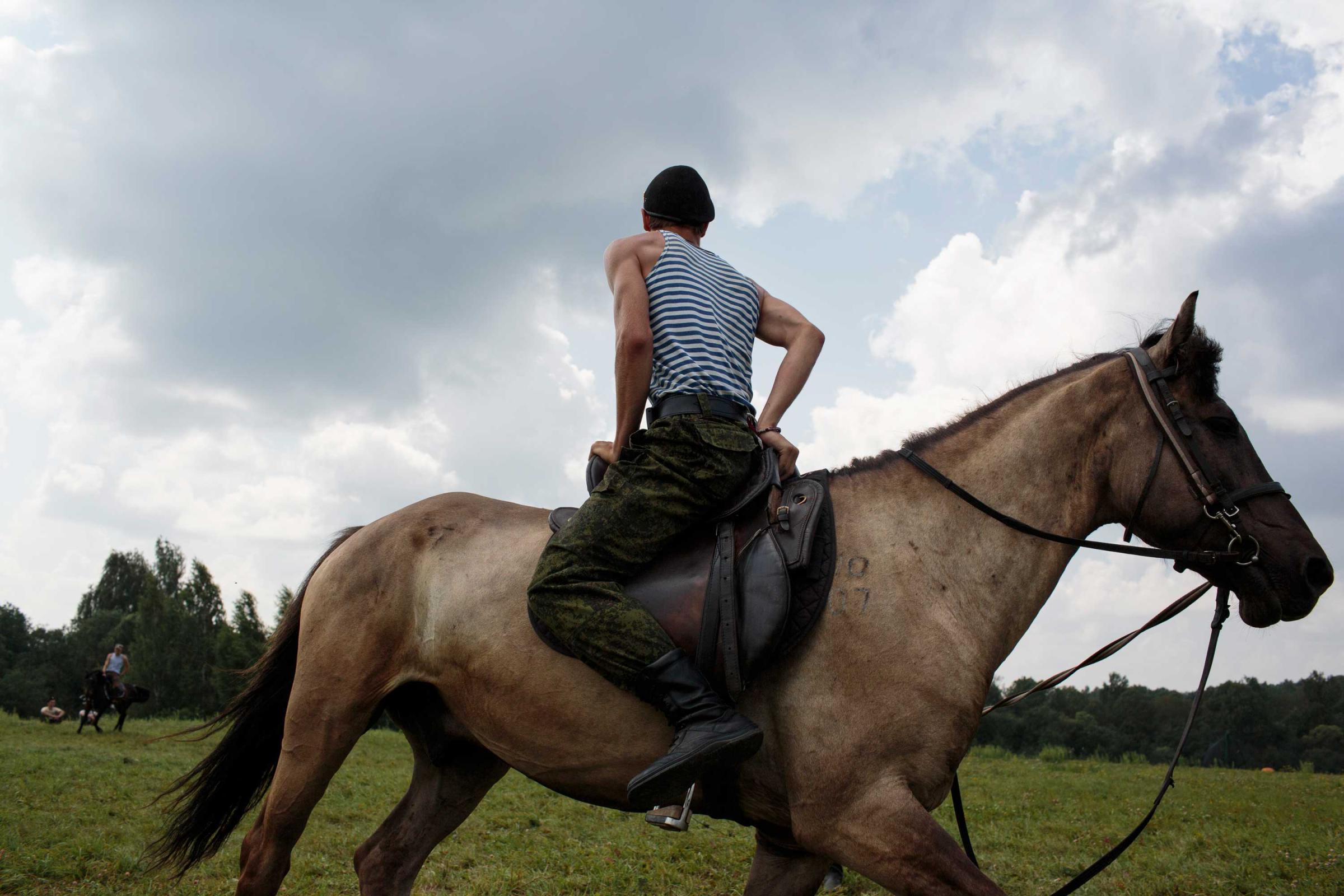
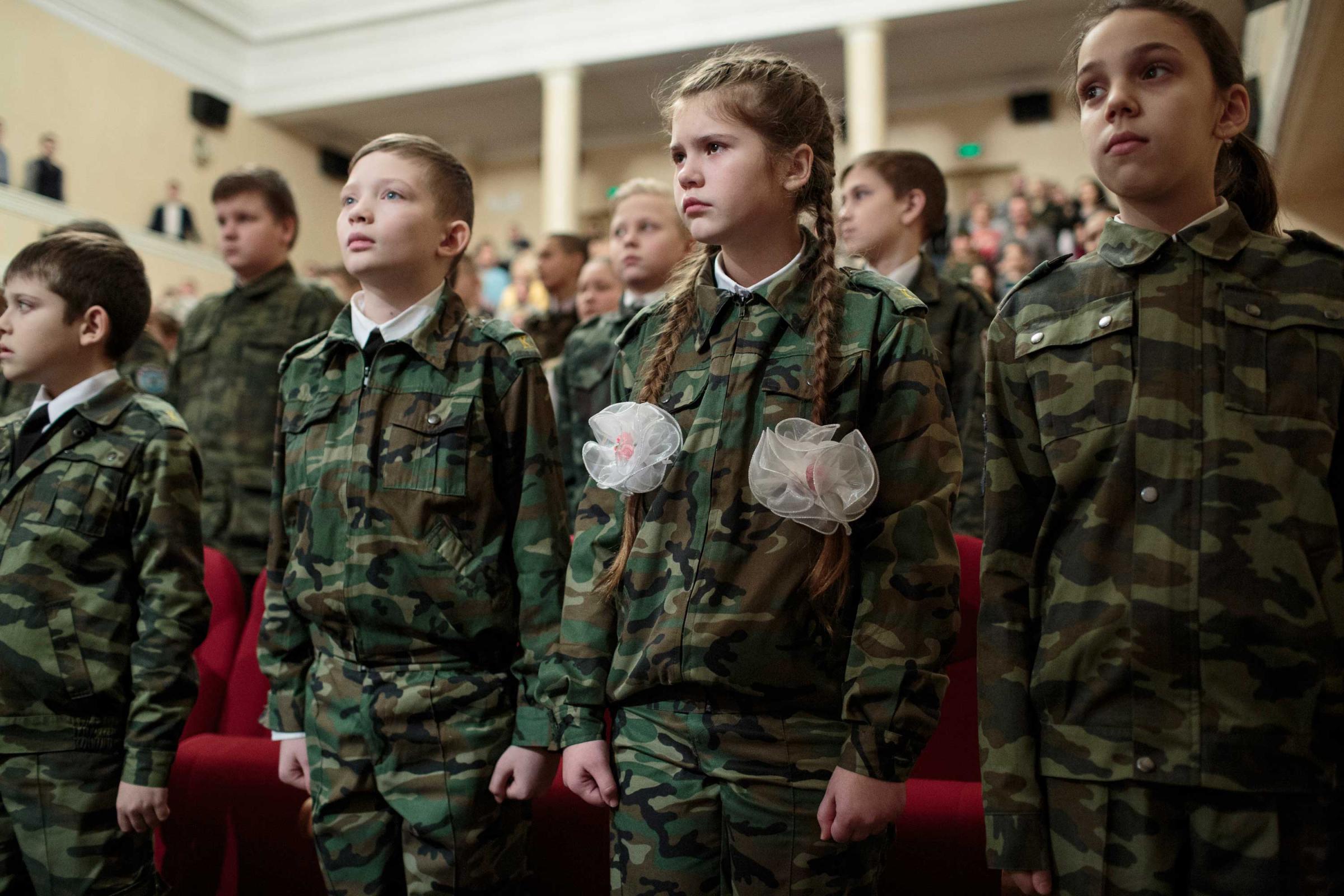
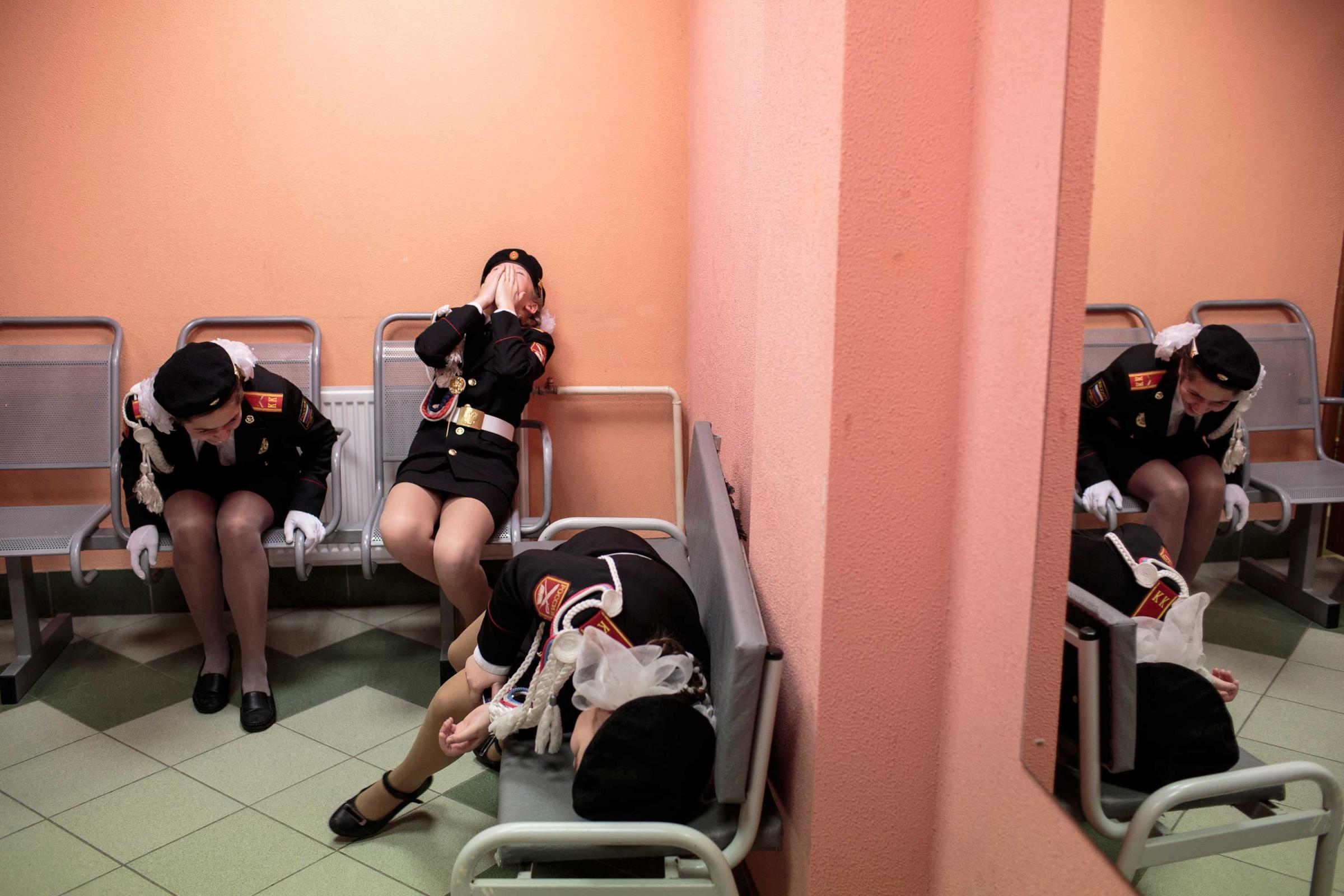
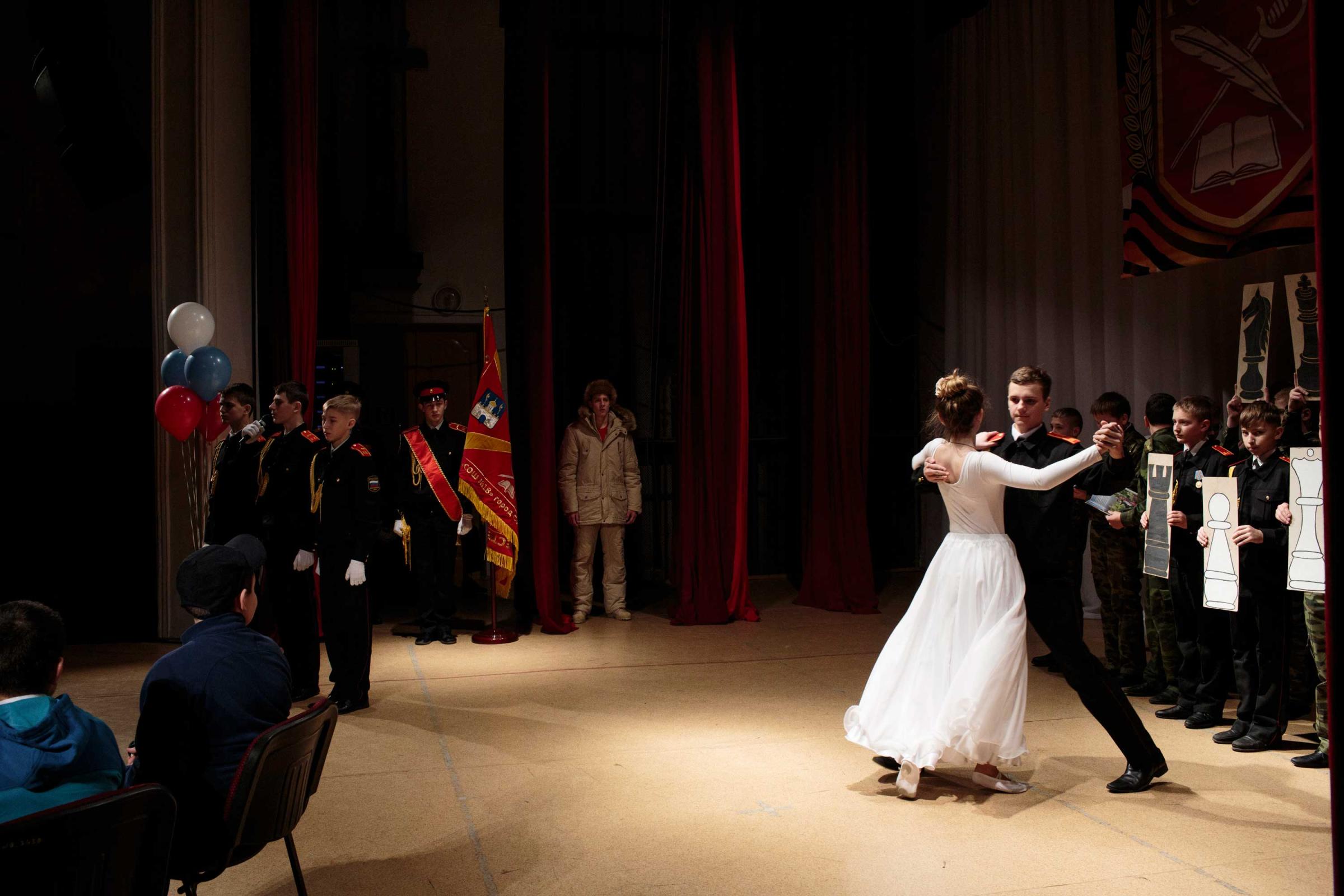
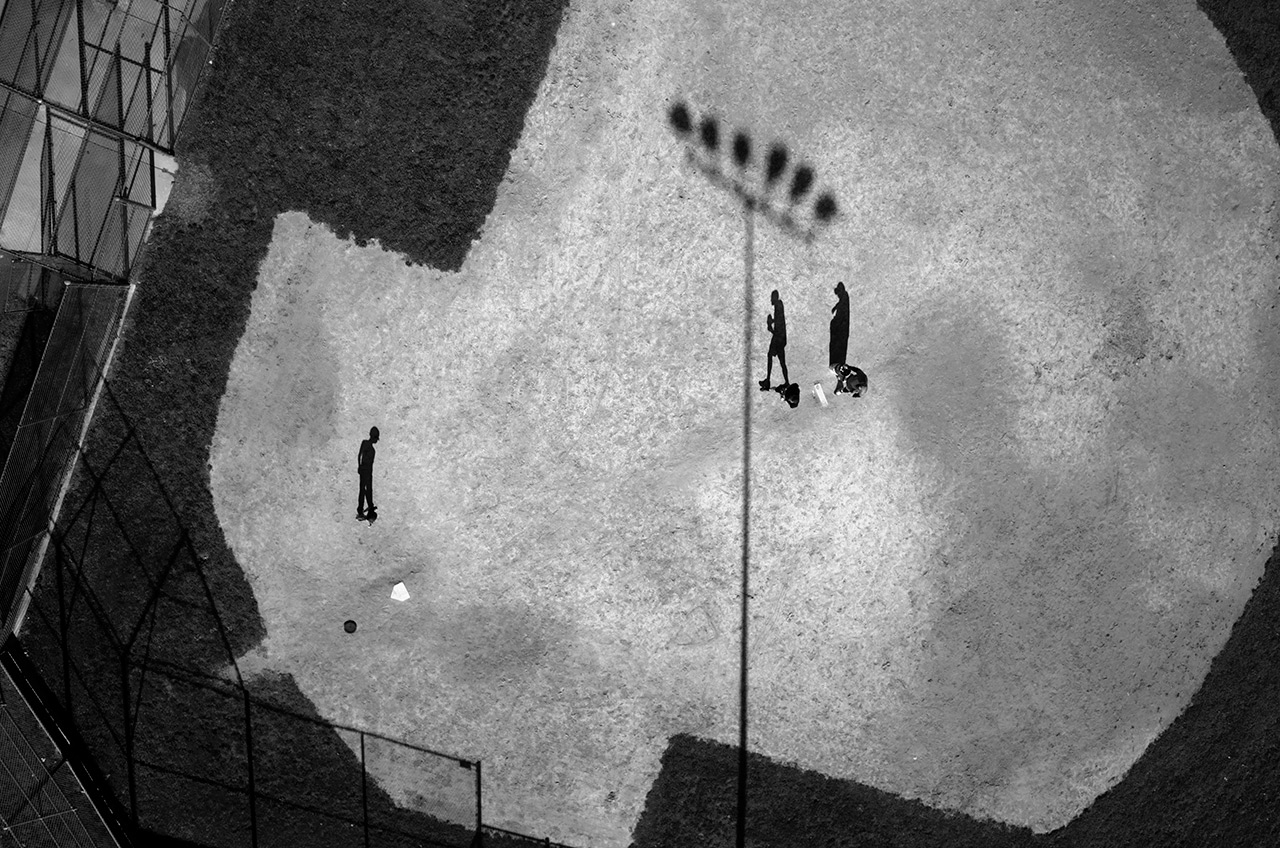
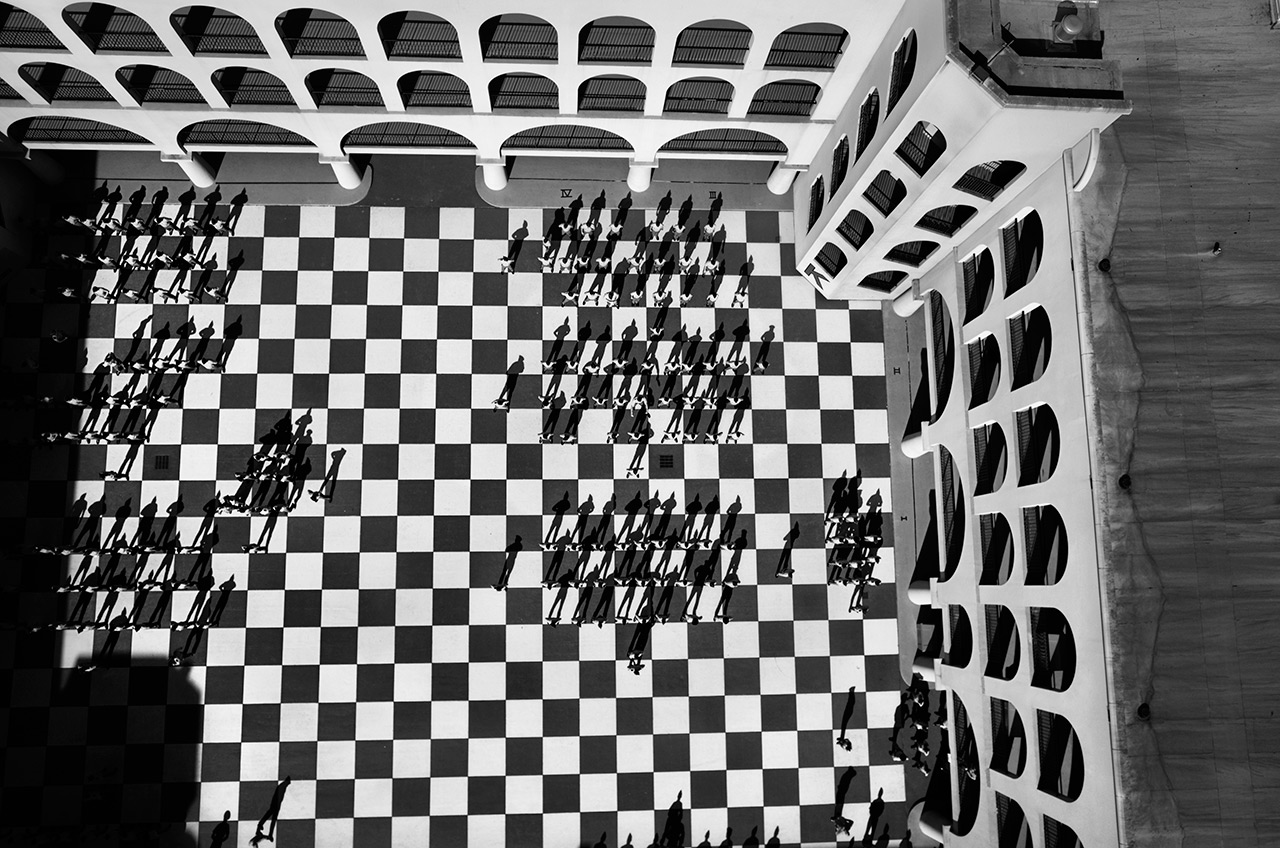
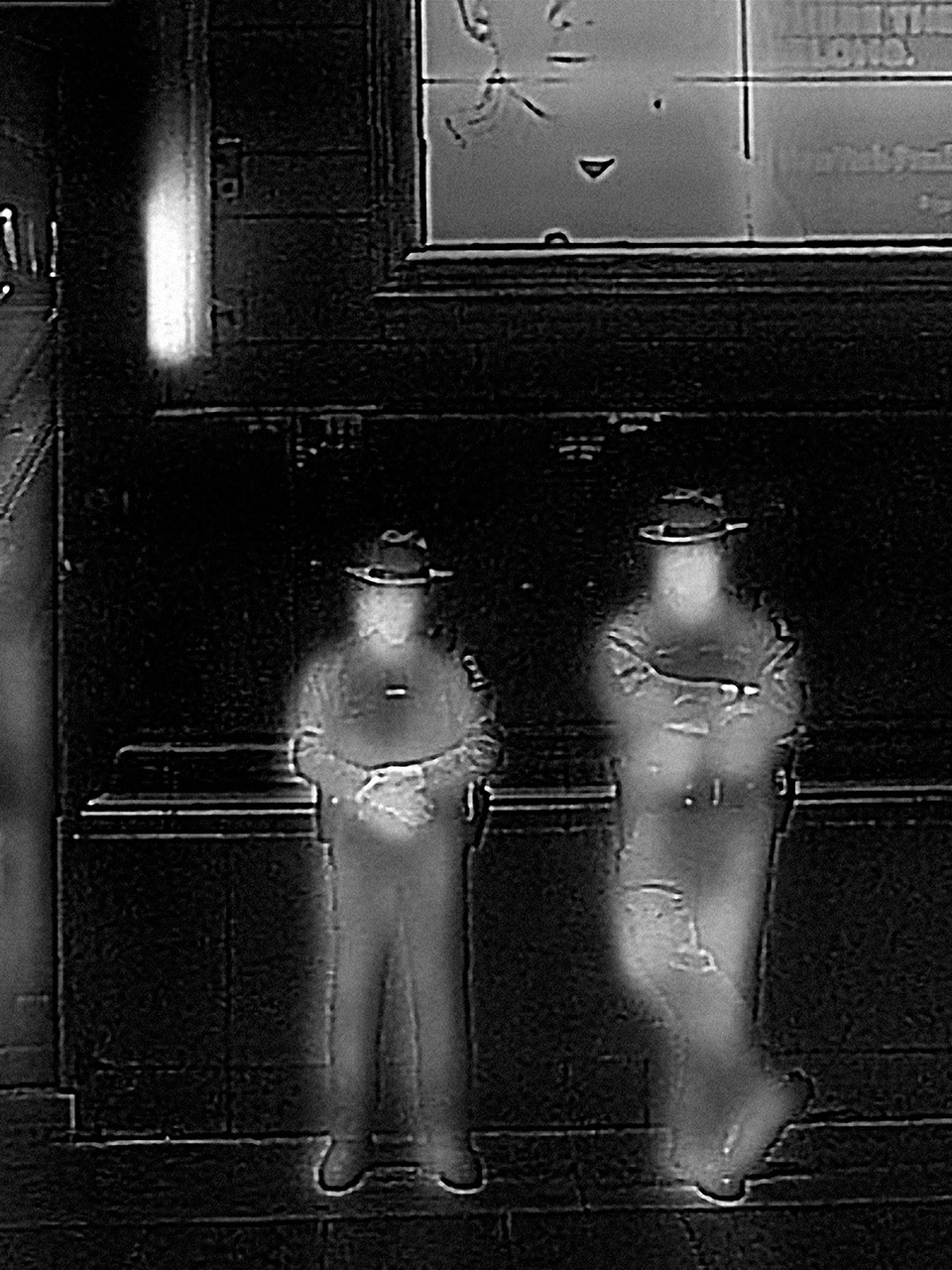
More Must-Reads from TIME
- L.A. Fires Show Reality of 1.5°C of Warming
- Behind the Scenes of The White Lotus Season Three
- How Trump 2.0 Is Already Sowing Confusion
- Bad Bunny On Heartbreak and New Album
- How to Get Better at Doing Things Alone
- We’re Lucky to Have Been Alive in the Age of David Lynch
- The Motivational Trick That Makes You Exercise Harder
- Column: All Those Presidential Pardons Give Mercy a Bad Name
Contact us at [email protected]